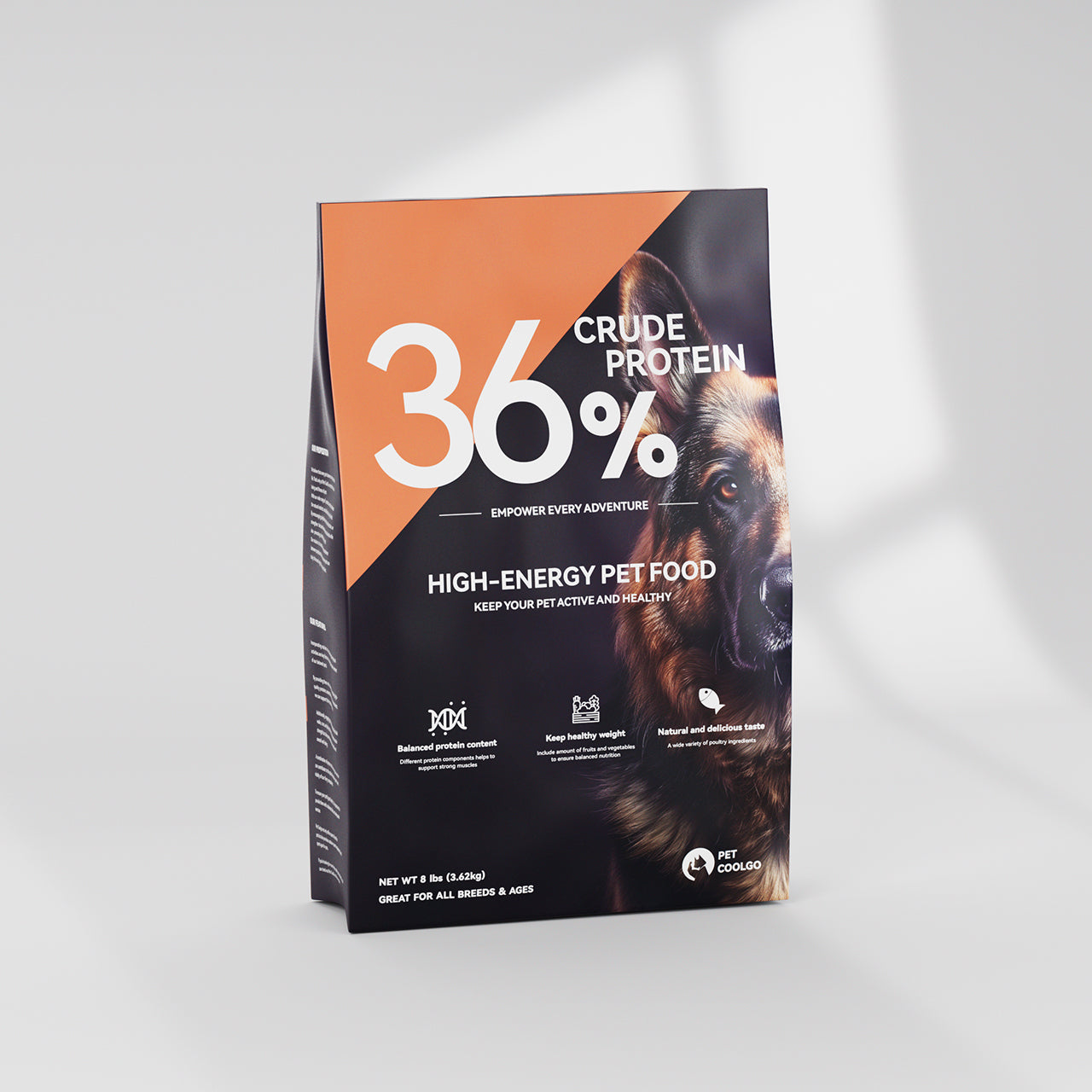Unlock the Secret to Energizing Your Active Pup with High-Protein Dog Food!
For dog owners, understanding the dietary needs of their furry friends is paramount, especially when it comes to active dogs. A high-protein diet plays a crucial role in sustaining energy levels and promoting overall health, particularly for large breeds. Unlike smaller dogs, large breeds have unique nutritional requirements that must be met to support their vigorous lifestyle and maintain their health. Ensuring that your dog receives the right amount of protein not only boosts their energy but also aids in muscle development and recovery. This article will delve into the benefits of high-protein dog food, focusing on how it can empower your active pup.

Understanding High-Protein Dog Food
High-protein dog food is defined as food that contains a higher percentage of protein than standard dog food. For active dogs, particularly large breeds, this means a diet that consists of 30% or more protein. Protein is vital for a dog's health as it supports muscle growth, repairs tissues, and provides necessary energy. Active dogs, such as those who participate in agility training, long hikes, or those that simply have a playful disposition, have increased protein needs to help replenish their energy and recover from physical activity. High-quality protein sources, such as lean meats and fish, can significantly contribute to your dog's strength and vitality.
Key Nutrients for Active Dogs
While protein is a fundamental nutrient, other key elements complement a high-protein diet. Omega-3 fatty acids are particularly important as they support joint health and can reduce inflammation, which is crucial for active dogs prone to joint issues. Incorporating omega-3 foods for dogs, such as fish oil or flaxseed, can enhance their overall well-being. Additionally, vitamins and minerals play a significant role in maintaining energy levels and facilitating various bodily functions. A well-rounded diet that includes these essential nutrients will help ensure your active dog remains in peak physical condition.
Choosing the Right High-Protein Dog Food
Selecting the right high-protein dog food involves careful consideration of the ingredients. Look for dog food that lists high-quality meat sources as the first ingredient, such as chicken, beef, or fish. These should come from reputable sources to ensure safety and quality. When reading labels, pay attention to the protein content percentage as well as the presence of animal by-products, fillers, and artificial additives. It’s essential to avoid foods with vague terms like "meat meal" and to opt for those that provide transparency about the protein sources. Additionally, consulting with a veterinarian can provide insights tailored to your dog's specific needs and activity levels.
Best Practices for Feeding Your Active Dog
Feeding high-protein dog food to active dogs requires thoughtful planning. Establishing a consistent feeding schedule is essential; most active dogs benefit from two meals a day to maintain energy levels throughout their activities. Portion sizes should be adjusted based on the dog's weight, age, and activity level. Hydration is equally important; ensure that fresh water is always available, especially after playtime or exercise. Transitioning to a new diet should be done gradually over a week to avoid digestive upset. Mixing the new food with the old can help your dog adjust more comfortably. Tracking your dog's response to the new food will help you gauge if it's the right fit for their energetic lifestyle.
Final Thoughts on High-Protein Nutrition for Active Dogs
In summary, providing high-protein food for large and active dogs is vital for their health, energy, and overall well-being. Understanding the importance of protein, alongside other essential nutrients like omega-3 fatty acids, can empower dog owners to make informed dietary choices. As you consider your pet's unique dietary needs, remember that a balanced, high-protein diet can unlock a world of vitality and energy for your active pup. By following the guidelines provided, you can ensure your dog thrives and enjoys a happy, active life.








